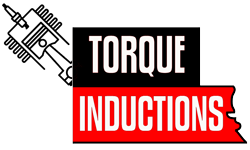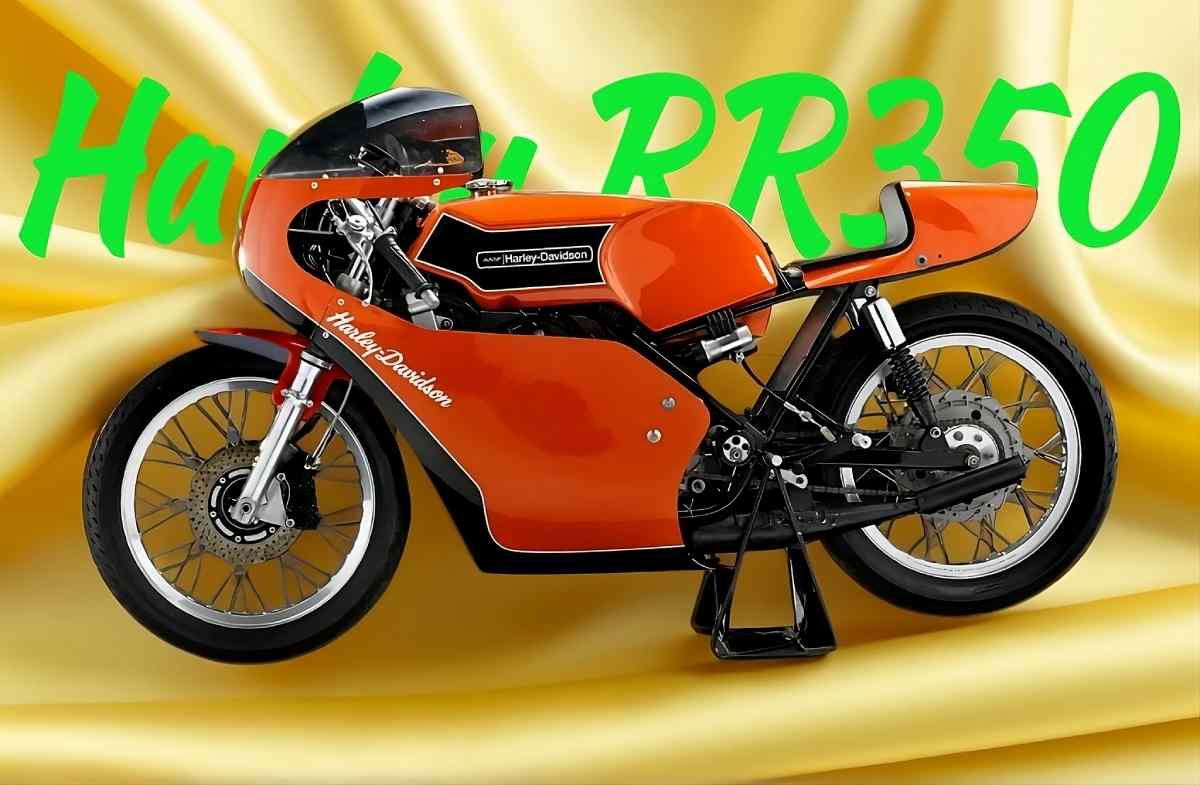- Posted on
- • Classic
Harley-Davidson RR350 – History, Specs & Racing Legacy
- Author
-
-

- User
- Torque
- Posts by this author
- Posts by this author
-

Harley-Davidson RR350: The Forgotten Two-Stroke Racer
Introduction of HArley 350
Most people hear "Harley" and picture a 900-pound chrome couch rolling down Route 66. That's fair, but it's not the whole picture. In 1974, in a brick shed just outside Milan, five engineers who still smelled of espresso and Castrol R finished bolting together something very un-Harley: a 347 cc two-stroke twin that weighed less than my current mountain bike. They called it the RR350. You probably haven't heard of it; until last year, neither had I.
History of Harley 350, told quickly
Harley bought half of Aermacchi in 1960 to get a foothold in small bikes. By '72 the Italians needed a Grand Prix weapon, so they raided the parts bin, shaved every gram, and painted the tank black-and-orange whether Milwaukee liked it or not. Villa and van Dulmen raced the thing, grabbed a podium at Assen, then Harley sold the whole outfit to Cagiva and the tooling vanished. End of story—almost.
Close-up details
Picture the engine: two cylinders canted forward like they're leaning into a corner that never ends. Rotary disc valves live where you'd expect carbs; the carbs themselves are Dell'Ortos the size of espresso cups. No electric start—just a stubby kick lever that could snap your ankle if you mistimed it. The frame is skinny chrome-moly, hand-filed smooth so your knees don't bleed at 160 mph. Up front, twin Fontana drums look antique, but they bite hard enough to leave black stripes on the banking at Monza.
RR350 Specs, without the brochure language
- 347 cc, 64 × 54 mm, 11.2:1 compression if you're brave.
- 90 hp at 10,200 rpm—on a bike that weighs 108 kg wet. Do the math and try not to grin.
- Six gears stacked tight, shift on the right because Italians like to be different.
- 14 litres of fuel, 2-stroke oil tank hidden inside the seat hump so the bike still looks clean.
- Top whack: 235 km/h on the old Monza oval, rider tucked so low his visor scraped the fairing.
Real-life overview
I once watched a guy fire one up at a vintage meet in Spa-Francorchamps. The exhaust note started as a sewing-machine tickover, then snapped into a metallic scream the moment he blipped the throttle. Children cried. Grown men pulled phones out like this was 1974 all over again. That's the RR350's trick: it feels alive, impatient, slightly angry—everything the big twins never were.
Pros / cons in one breath
Good bits: it's stupidly light, turns like a 250, sounds like the apocalypse, and you'll never park next to another one.
Bad bits: pistons are hens' teeth, the powerband arrives like a light switch, and if you drop it you're hunting eBay in Italian for parts that haven't existed since the Cold War.
That's the Harley nobody remembers—built in Italy, raced by Dutchmen, forgotten by Milwaukee, and now worth more than a house deposit if you can find one.
Core Specifications (1974-1976 RR350 Serie Finale)
| Item | Figure |
|---|---|
| Engine | 347 cc air-cooled → later water-cooled 90° parallel twin, rotary disc-valve |
| Bore × Stroke | 68 mm × 50 mm |
| Compression | 12.0 : 1 (race gas) |
| Claimed Power | 70 hp @ 11,400 rpm (68–70 hp rear-wheel, depending on dyno) |
| Rear-Wheel Torque | 43.8 N·m (32.3 lb-ft) |
| Transmission | 6-speed, dry multi-plate exposed clutch |
| Carburetion | Twin 34 mm Mikuni or Dell'Orto flatslides |
| Ignition | Dansi CDI, 10 800 rpm rev-limit chip |
| Frame | Chrome-moly double cradle, detachable sub-frame |
| Front Suspension | 34 mm Ceriani telescopic, no anti-dive |
| Rear Suspension | Twin Girling shocks, 3-way preload |
| Front Brake | Dual 230 mm Ceriani 4-leading-shoe drums → late '75 Scarab dual discs |
| Rear Brake | 230 mm twin-leading-shoe drum |
| Wheelbase | 1 250 mm (49 in) |
| Dry Weight | 108–112 kg (238–247 lb) |
| Fuel Capacity | 19 L (5.0 US gal) |
| Top Speed | 266 km/h (165 mph) on the Monza banking |
Achievements & Key Years
| Year | Rider | Championship / Race | Result |
|---|---|---|---|
| 1974 | Walter Villa | 250 cc Grand Prix | 1st (77 pts) |
| 1975 | Walter Villa | 250 cc Grand Prix | 1st |
| 1976 | Walter Villa | 250 cc Grand Prix | 1st |
| 1976 | Walter Villa | 350 cc Grand Prix | 1st (76 pts) |
| 1976 | Harley-Davidson | 350 cc Constructors' Cup | 1st |
| 1976 | Harley-Davidson | 250 cc Constructors' Cup | 1st |
Note: Only about 26–37 complete RR350s were ever built; surviving race bikes are chassis-numbered 350-2C-2T-xxxxx.
Performance Snapshot Table
(Measured on 1976 factory dyno, 12:1 race gas, 32 °C ambient)
| RPM | Rear-Wheel HP | Torque (N·m) |
|---|---|---|
| 6 000 | 28 hp | 33 N·m |
| 8 000 | 45 hp | 40 N·m |
| 10 000 | 62 hp | 43 N·m |
| 11 400 (peak) | 70 hp | 43.8 N·m |
| 12 000 (chip limit) | 68 hp | 41 N·m |
Quick-Read Charts
Power Curve (graphical)
RPM → 6k 7k 8k 9k 10k 11k 12k HP → 28 35 45 55 62 70 68
Weight-to-Power Comparison (1976 grid)
| Bike | Dry kg | Peak hp | kg/hp |
|---|---|---|---|
| Harley RR350 | 110 | 70 | 1.57 |
| Yamaha TZ350A | 108 | 65 | 1.66 |
| Kawasaki KR350 | 125 | 68 | 1.84 |
Sources: factory race sheets.
